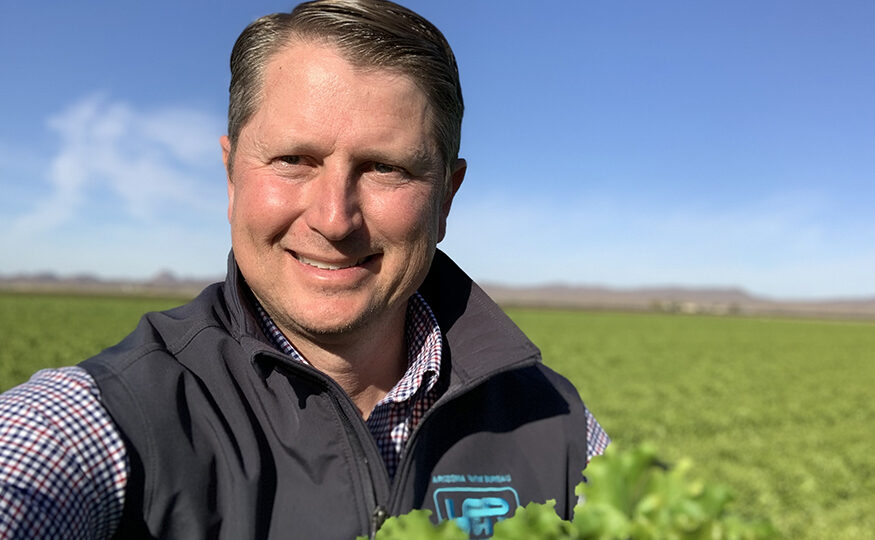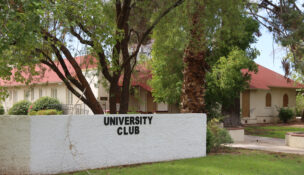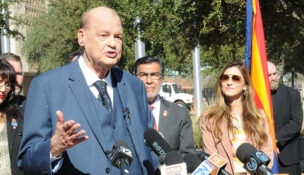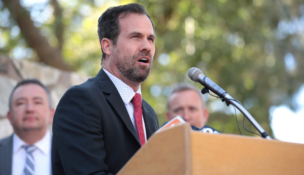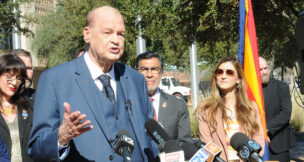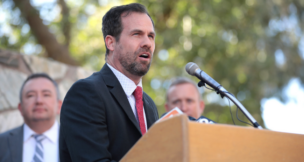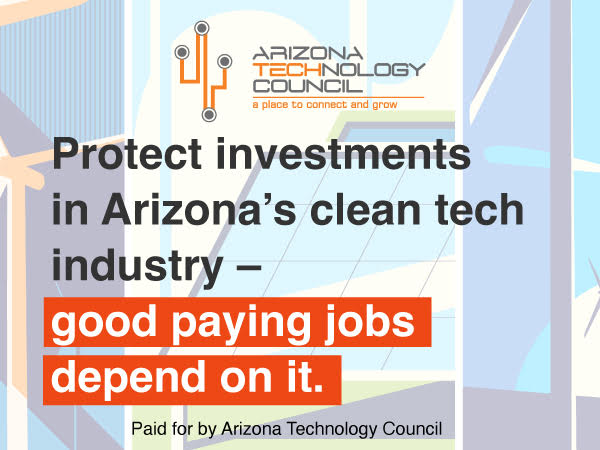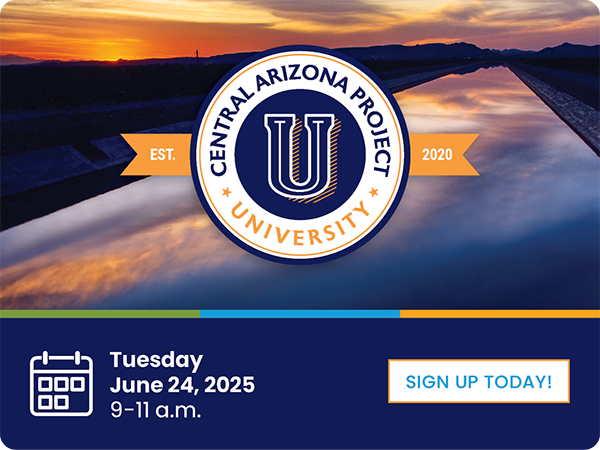John Boelts: Striving to keep food abundant, affordable
By Jamar Younger, Arizona Capitol Times//January 3, 2025//
John Boelts: Striving to keep food abundant, affordable
By Jamar Younger, Arizona Capitol Times//January 3, 2025//
For John Boelts, one of the keys to a prosperous country lies in its ability to produce a plentiful and accessible food supply.
However, Boelts knows that in order to be successful, lawmakers, farmers and other stakeholders must collaborate to responsibly manage natural resources and expand employment opportunities for those interested in working in the farming industry.
Boelts, who owns Desert Premium Farms in Yuma, took the helm late last year as president of the Arizona Farm Bureau and will have the opportunity to work with legislators and policymakers to directly address those issues. He stepped into the position after former president Stefanie Smallhouse resigned and will finish Smallhouse’s two-year term with the option of running for election in November 2025.
Boelts recently discussed his ideas for navigating the state’s current water challenges and shortage of farmworkers, and what he hopes to accomplish during the 2025 legislative session.
What motivated you to want to step into the role as president of the Arizona Farm Bureau?
It’s a wonderful strength of our country that we have an abundant and affordable food supply. We have the ability to grow many, or most, of the crops and basic necessities that we all need on a daily basis right here in our own country. Most countries around the world don’t enjoy that, but we do. But there are a number of things that keep us from being able to grow as much as we can, a number of policy choices that we have been making and continue to make that are … maybe not the best for keeping that food abundant on our store shelves and affordable and produced here in the country. So I’m passionate about that, passionate about sharing what we do in agriculture with the public and with public policymakers.
What are some of those policy choices that you feel may not have been for the best benefit of farmers and the public?
One of the key ones that we’re dealing with this legislative session again, and we’ll continue to work on until we find some positive solutions that work well for agriculture and for consumers of agricultural products … and that would be water. Generations ago … when this country was settled and agriculture enterprises were undertaken in every state in our country as areas were settled, one thing that has kept food so affordable in our country is that we have abundant water resources, fresh water resources. And I say wet water because in Arizona there’s a lot of discussion and contemplation of water rights. Many of those are paper water rights, not always actual water.
So the abundant availability of water for agricultural operators, farmers and ranchers has been key to keeping food affordable in our country and publicly available. Maintaining available water for farmers and ranchers is key for every man, woman and child in this country. It’s been good public policy for many generations, but we are facing some challenges in that area where, just like in the 1980s, there are some folks that want to restrict water availability for agricultural producers and it’s ironic that it comes at a time when we’re seeing inflationary pressures on just about everything people purchase, including food, and most of it doesn’t have to do with the natural cost of production. It has to do with some of the input costs that are being artificially driven up, whether it be labor or input costs, a wide variety of things. But water is one key thing; we’re not going to make or grow anything in this country, especially not going to grow anything in agriculture, whether it be livestock or crops or feed for livestock without water. And we need secure water rights for farmers long term (and) groundwater rights for long term. It’s the same with surface water rights, whether it be the Colorado River or Gila River, and the number of watersheds that farmers rely on.
What was your reaction to the Arizona Department of Water Resources announcement that the Willcox groundwater basin met the criteria for an Active Management Area?
I’m not completely surprised, but still disappointed that one was declared. As I mentioned before, AMA’s really were designed in the … late ’70s and ’80s, when they’re put into law to work in basins that have access to both groundwater and surface water. They don’t function well in a basin like Willcox, so I was disappointed to see that one was declared, especially since there was a lot of good common ground found on Senate Bill 1221 last session.
We’re hoping to get something across the finish line, and pretty confident that the Governor’s Office and ADWR are going to have some other options before the AMA fully goes into effect. Declaring that an area meets criteria moving forward doesn’t solidify an AMA. It’s not a done deal, if you will, for roughly two years. So we’re hoping this legislative session to give them a better tool that fits better for a basin like Willcox and, more importantly, for all the producers, agricultural producers and homeowners living there.
What makes the Willcox basin different to where an AMA might be the best decision for that area?
It can’t just be something that comes from the state, from the top down. There’s a need to have options. And actually, an AMA, in many regards, isn’t necessarily the best option. There may be needed requirements down the road to change how much pumping happens on an annual basis and the folks down there need to have those options. AMAs also, because they were designed to have recharge going on with them, really don’t have the flexibility necessary, and they definitely don’t have the local control aspect. Once an AMA is declared and then is codified a year or two later, it really sets things in stone, and then things are static going forward. It may not work for a basin that doesn’t have recharge. So we need to have another legal mechanism for folks to work with. And then there needs to also be an understanding that the Willcox basin is different (from) a lot of other basins in the state.
What are some other tools that you think that you believe can help address some of these issues regarding water usage?
Some of them are already ongoing. One is the land grant university in Arizona, that would be the University of Arizona, plays a key role with their experiment station efforts. They look at a lot of different things relative to food and fiber production in our state, for our state. They’re somewhat mostly taxpayer funded from (the) federal and state government. There are some public/private partnerships that help multiply some of those dollars, but mostly the reason they’re doing that research is for public benefit, to keep food abundantly available and affordable for consumers. That being said, there’s lots of research opportunities across our state, and that’s why the University of Arizona Cooperative Extension has a presence and a research presence in just about every county in the state. So we’d be advocating for adequate funding for those folks.
The other would be incentive programs where there’s (a) cost share for water resource savings. In Arizona, we already have some tax credit opportunities for purchasing agriculture irrigation equipment that is water efficient. So we already have that, and we’d advocate for continuing that. Also, there’s a cost share program that was started just a couple of years ago.
All three of these things (are) key to advancing technology to improve crop per drop production. So how much do we produce with every drop of water? All of those things offer opportunities. Humanity very rarely makes progress without embracing technology in some way or another, whether it be through crop breeding, whether it be through irrigation methods, whether it be through projects to store and deliver surface water, recharge groundwater. All these different things are all how we got to the great situation we enjoyed today and they are also the new ways that we can improve on those will be the ways that we … continue to progress and get better and more efficient for future generations.
What are some of your organization’s other big priorities for this upcoming legislative session?
We don’t have enough folks to work in agriculture. So there’s a lot of opportunities (for) folks who would like to immigrate into this country, legal immigration, worker programs, things like that, so we’ll be looking at a number of things…at the federal and state level, to try to improve those opportunities for agricultural producers and employers alike, and employees that work on farms and want to come work on farms. Everything from high tech education and making sure that’s adequately funded at our three major colleges and at our community colleges around the state that are teaching tech-related, agriculture-related topics, and all the way to guest workers coming in for a seasonal harvest of fresh vegetables and melons, or folks coming in to work and meat packing plants. We’re near full employment in the United States, and there aren’t enough hard working hands to fill all those jobs, but there are economic opportunities.
So there’s lots of things, whether it be educational programs for people working at the state and local level to make sure that there’s adequate zoning opportunities to build the housing that’s necessary for guests and temporary workers. So just a wide variety of topics on the labor front are key for our organization and for our members and for consumers, too. Things don’t harvest themselves.

